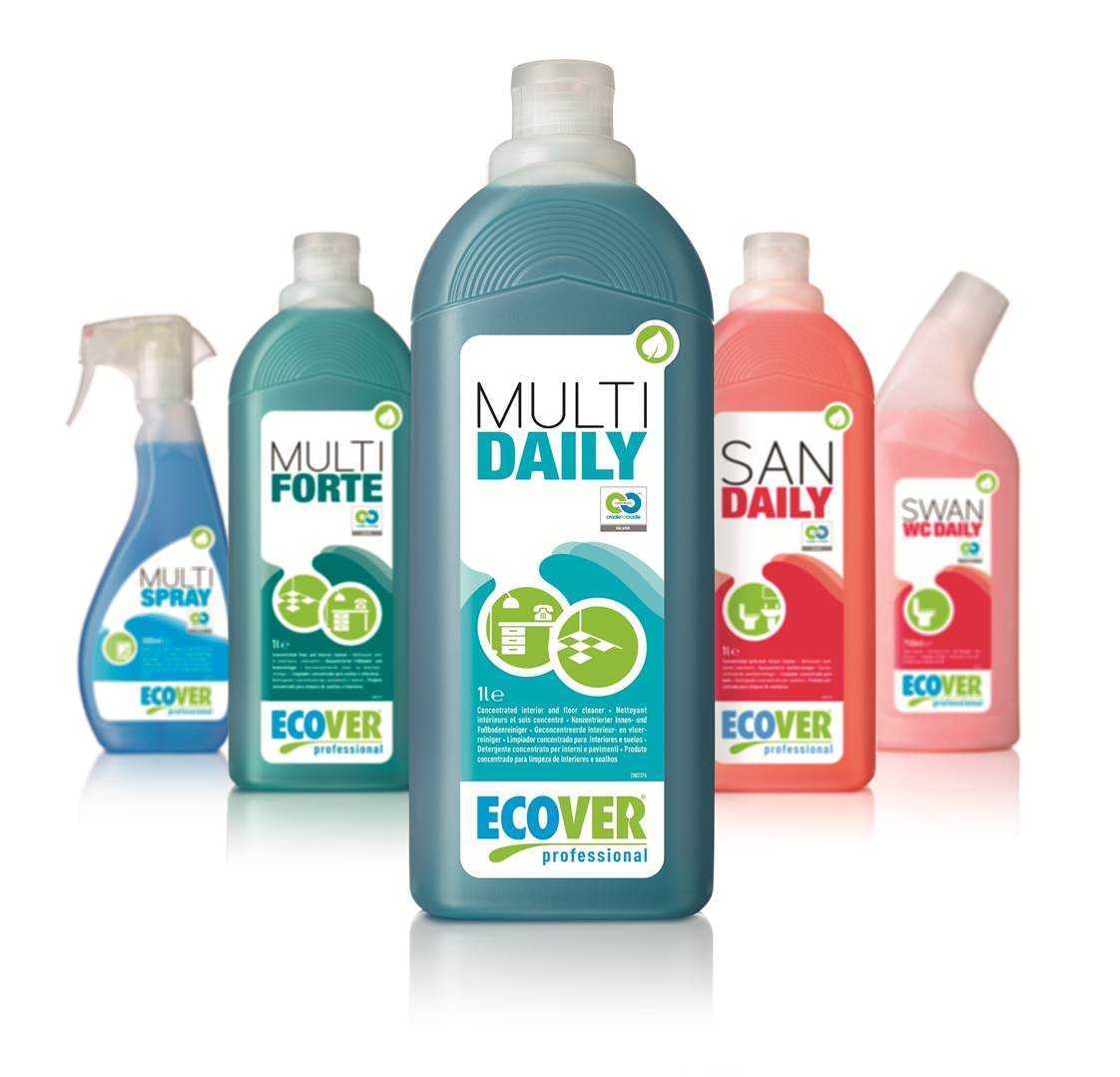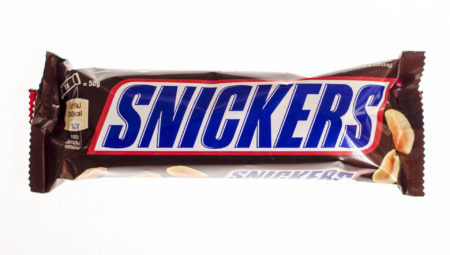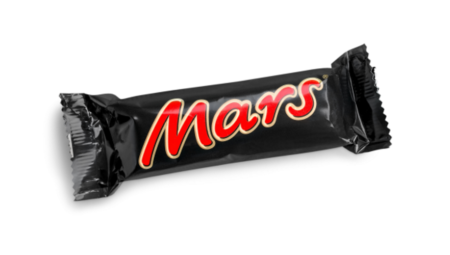Speaking of which – what are we actually talking about? Home – or household – care is made up of the following segments: laundry detergents (as well as softening agents/other additives), surface cleaners, dishwashing detergents, maintenance (cleaning agents/air fresheners) and bleaching agents. In 2016, Europeans paid a total of no less than EUR 28.5 billion for these products (source: Euromonitor). The largest segment by far is formed by the laundry detergents with a market share of 47.3 percent (13.5 billion), followed by surface cleaning agents (21.2 percent) and dishwashing detergents (4.4 percent). This article will deal mainly with laundry detergents, in view of the sales share. In some cases we will digress to dishwashing detergents. The reason: the two product groups overlap considerably as far as formulation is concerned.
Performance number 1
Consumer surveys are essential to gain a picture of the market drivers. In 2016, Nielsen published the findings of a global consumer survey (30,000 respondents) about home care. It dealt mainly with cleaning agents and laundry detergents. A number of conclusions: it is still mainly women who make the purchase decision, but men are playing a more active role in this area. Products are usually (75 percent) bought from supermarket retailers. In developed markets this percentage will undoubtedly be higher, given the highly developed retail infrastructure. The key question of the report is: what do consumers expect from a detergent/cleaning agent? Performance – the effect – is the most important factor, followed closely by the price-value ratio. The above factors are determined mainly by experience and trust. Consumers recognise the importance of branding, but consider it less important than experience.
License to produce
According to Nielsen, there are also so-called secondary attributes on which consumers base their purchase decision. Thus the packaging (size) can play a part, but also whether the raw materials and packaging materials are ‘natural’ or ‘organic’ (editor’s note: 26 percent of the respondents). In other words, the environmental impact is definitely a theme which extends to raw materials, packaging, use of water (during the production and the wash cycle) and chemicals which can have an effect on the (local) environment. AISE (International Association for Soaps, Detergents and Maintenance Products) argues that the industry is already working very hard on making its processes and products more sustainable, that is, reducing the environmental impact. According to the sector/lobby organisation however, it is not a market differentiator, but rather a condition for remaining on the market; you could call it a ‘license to produce’. Furthermore, consumers are generally not willing to pay more for a greener product or make concessions concerning performance; see the Nielsen survey mentioned above. So it is a balancing act. AISE claims that the industry does not want to ‘adopt’ renewables en masse for the time being until issues such as cost price and performance are brought to the same level.
The big four
This industry is reasonably straightforward in home care. There is a ‘big 4’, consisting of multinationals which have worldwide coverage with their products and occupy a dominant position in retail. These enterprises are Unilever, Reckitt Benckiser, Henkel and Procter & Gamble. Then there is a long tail with smaller brand owners (B brands and the private labels of retailers) which mainly have their products made by toll manufacturers.
As AISE already pointed out, the industry as a whole has made efforts to reduce the environmental impact and that also applies to the big four. Thus Reckitt Benckiser (RB) launched a programme in 2007 through which it intends reducing the carbon footprint of its products by 20 percent over the period 2008-2020. The British-Dutch multinational sees the sustainability operation as a comprehensive approach. The company is including its entire product portfolio in the operation and examines issues such as CO2, water use and toxicity.
Baddies on the black list
In 2000, RB set up the Ingredient Removal Programme, under which it aims to phase out specific chemicals and/or develop (tightened) guidelines for the use of certain products by consumers. ‘We are continually searching for more sustainable/environmentally friendly alternatives for the chemicals we are scrapping,’ says Edward Butt, VP Sustainability. By its own account, the corporate group goes further than required by legislation. Thus in 2005 it took the Red Devil Lye oven cleaner off the shelves because it found that the active ingredient sodium hydroxide (caustic soda) was too aggressive. RB wants to replace these ‘baddies’ as much as possible with constituents which perform just as well but are better for humans and for the environment. According to the company, it has replaced an active substance in its Lysol range with hydrogen peroxide, a fully degradable constituent with a considerably lower CO2 footprint.
CMI
Suppliers play an important part in making formulations greener or changing them to biobased. Cosun Biobased Products has been working on this for several years already with CMI (CarboxyMethyl Inulin), a chemical it produces which is based on inulin, a polysaccharide the company extracts from sugar beet. Francesco Staps, Business Development Manager at Cosun Biobased products: ‘One of the things CMI does is prevent calcium deposits on clean dishes. In laundry detergents it prevents the dirt particles from bonding back to the textile. CMI performs better than fossil or phosphorus equivalents on protein (editor’s note: blood, leftovers) in particular. This performance does not happen just like that: it is not a matter of a drop-in, but the adjustment of the formulation of the (dishwashing) detergent. That does mean that development costs are involved. In practice, producers that want to stand out with ‘greener’ products are willing to take that step. That is far from being the case with the larger players.’
Ecover: market more mainstream
From the very start (editor’s note: established in 1980), Ecover has aimed at making washing and cleaning agents that are more environmentally friendly. Tom Domen, Innovation manager at Ecover: ‘Our market was originally a niche market. Luckily it has moved more towards mainstream over the past decades. Now we see that larger companies are launching products with lower environmental impact. That is not surprising: consumers are more open to these kinds of propositions.’
Ecover’s home market, Belgium, is where it makes a turnover which is comparable with that of the large A brands. Domen states that north-western Europe (UK, the Netherlands, Belgium and Germany) comprises the largest (growth) markets for Ecover. ‘We do not position our brand so much solely on biobased, that is the degradability or toxicity of constituents, as on presenting a wider story. It is also about what is better for people, that is, their skin (editor’s note: allergies, skin conditions). Aspects like experience, design, colour and fragrance are also important if you want to become a mainstream brand.’
Surfactants from rapeseed oil
The broader proposition does not mean that Ecover deviates from the path they set out on previously. Of course sourcing – which constituents and which environmental impact – also plays a part.
‘The focus of R&D at Ecover is definitely on renewable raw materials,’ according to Domen. ‘We can go up to 80 to 90 percent of the volume. For the time being it is still difficult to replace some constituents, such as preservatives, because of lower performance. On the other hand, surfactants, volume-wise the most interesting constituent, can be fully renewable. The price is currently higher than for fossil surfactants. In addition, the sourcing is also an issue. Biobased surfactants are usually produced on the basis of palm oil. Ecover does use palm oil which has been certified as sustainable and has already switched to a large extent to local feedstocks such as rapeseed oil. The next step is to set up local supply chains which use waste streams.’
Attainable objective
As Domen already stated, surfactants are the most interesting constituent to make biobased. As far as volume is concerned, this group forms the main constituent and in terms of technology it is an attainable objective. Various types of surfactants are available, with the choice for a specific surfactant depending on different factors such as washing temperature, type of textile, the product form or the production method.
Fossil surfactants are degradable in the environment (legislation), but they are detrimental in terms of ecotoxicity and CO2 footprint. That is why new generations of surfactants, based on oils, fats or sugars, have entered the market. By now the first generation – linear alkylbenzene sulphonates (LAS) – have more or less replaced the ‘old’ alkylbenzene sulphonates (ABS). The second generation, PAS (sulphates based on vegetable oil/fatty alcohols), are both fully degradable and renewable. These surfactants deliver comparable (washing) performance, but are still more expensive. The latter point is logical, given the scale advantages for established chemicals. Experts (including BIO-TIC project, FP7) expect that biodegradable, biomass-based surfactants will come more out of the niche in the long term. The larger surfactant producers are investing in biobased surfactants and the demand will grow, especially due to ‘environmental concerns.’



